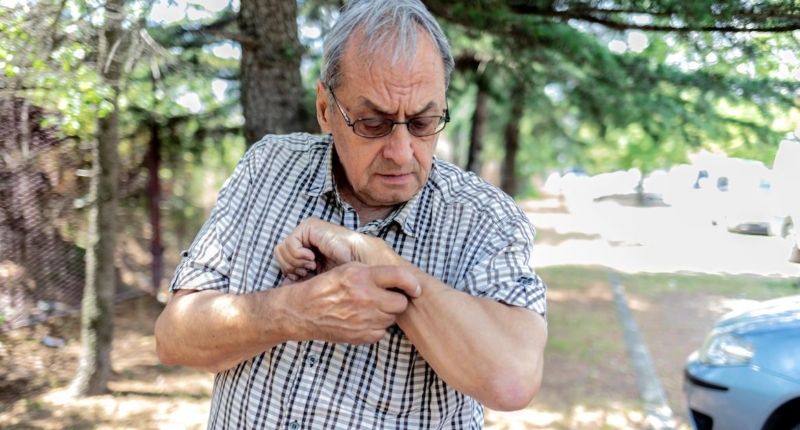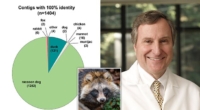The Culex lactator mosquito species, which is physically similar to other common mosquito species in Florida, has been detected in the state. Its similarity to other species makes it challenging to detect and increases the chances of its spread, potentially leading to disease transmission. Climate change may be contributing to the increasing presence of invasive mosquito species. With the addition of the Culex lactator, there are now about 90 mosquito species living in Florida. This new species could add to the already existing list of insects that Floridians have to worry about getting bites from. It is essential to use eco-friendly bug sprays to protect yourself during the summer season.
A New Mosquito Species Detected in Florida, with Potential to Spread Disease
Florida has discovered a new mosquito species called Culex lactator, which is a member of the Culex group and could potentially carry diseases. The mosquito species is native to Central and northern South America but has now been detected in southern Miami-Dade County, Collier County, and Lee County in Florida. This discovery is not unique, as Florida has become a hotbed for nonnative mosquito species, with up to 17 nonnative and putative nonnative mosquito species already established in the state.
According to a study conducted by the University of Florida Medical Entomology Laboratory, detections of putatively nonnative mosquito species in Florida are becoming increasingly frequent. Of the 17 nonnative species found in the state, 11 were first reported in the past two decades, and six were detected in only the past five years. The Culex lactator mosquito species looks like any other mosquito species, making it challenging to spot and kill.
Although the group is known for carrying various diseases, scientists are still researching their abilities to transmit diseases in Florida. It is too early to determine whether the Culex lactator mosquito will exacerbate these challenges. Not all mosquito species are equally capable of transmitting a particular virus, and the implications of their introduction are often difficult to predict.
The lead author of the study, Lawrence Reeves, has urged vigilance for the introduction of new mosquito species because each introduction comes with the possibility that the introduced species will facilitate the transmission of a mosquito-transmitted disease. Therefore, it is essential to conduct further research on this new species to prevent any potential disease outbreaks.
New Mosquito Species Culex Lactator, Hard to Detect and Potentially Disease-Carrying
The Culex lactator mosquito species is physically similar to other common mosquito species in Florida, making it challenging to detect. This similarity increases the chances of its spread, potentially leading to disease transmission. Climate change may be a contributing factor to the increasing presence of invasive mosquito species, including the Culex lactator. With the addition of the Culex lactator, there are now about 90 mosquito species living in Florida. This new species could add to the already existing list of insects that Floridians have to worry about getting bites from. It is essential to use eco-friendly bug sprays to protect yourself during the summer season.
Don’t miss interesting posts on Famousbio









